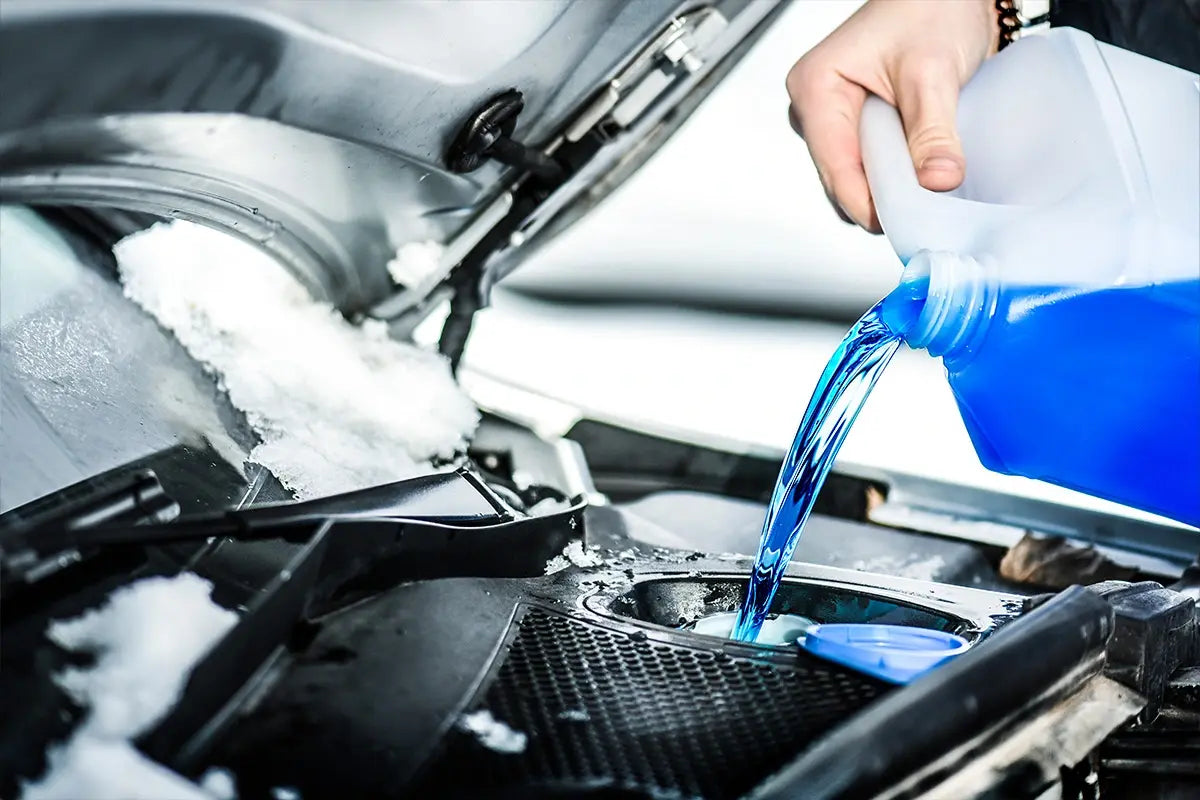
Embarking on a road trip is an exciting adventure that promises unforgettable experiences and memories. However, before hitting the open road, it's crucial to prepare your vehicle correctly to ensure a safe and stress-free journey. From checking tire pressure to packing emergency equipment, there are several essential steps you need to take to get your car ready for a long drive. In this article, we'll outline some top tips on how to prepare your car for a road trip so that you can enjoy your travels with peace of mind. read this article in shine armor blog.
Related products in shine armor:
- Ready for the trip - Bundle Kit
- Cover it all - Bundle Kit
- Professional Detailing - Bundle Kit
- All in one 1 - Bundle Kit
- Quick Interior Cleaning - Bundle Kit
Here are a few easy-to-follow tips to guide you on how to prepare your car for a road trip.
Check Your Tires
For a successful road trip, your tires need to be in good shape. Remember, they are the ones in direct contact with the road. Here are three things to look out for:
Your Tire Tread
This helps you to know whether you need to replace your tires. If the threads are shallow or your tire looks bald, you need to get new ones before embarking on the trip.
- Learn How To Fix A Flat Tire
As basic as it may sound, this is an underrated skill. During the road trip, you may find yourself in isolated parts of the country where there is minimal traffic, and the gas stations are far apart. Flat tires are a common occurrence, and therefore prior knowledge on how to fix them will save you tons of time and money that you will otherwise spend on getting someone to fix them.
- Wheel Alignment and Balancing
A car on well-balanced tires is smooth to drive and increases fuel efficiency. The tires will also not experience uneven wear, meaning they will last as long as they should.
Check Your Car’s Fluids
As blood is to your body, so are oils and fluids to your car. They keep the car alive by ensuring constant lubrication of various parts, aiding in a smooth movement. Your car runs on six types of oils and fluids, namely:
- Engine Oil
- Coolant/Antifreeze
- Transmission Fluid
- Brake Fluid
- Power Steering Fluid
- Windshield Washer Fluid
When planning for a trip, you need to check on the oil and fluids levels and status. This will help you know the fluids that need replacement or refill.
If you recently serviced your car, you may not need to change. However, this depends on the miles you have covered since the last service and the distance you intend to cover on your trip. Ensure that you use te recommended oils and fluid for your car to avoid any complications and failures from using the wrong oils.
Test Your Light
Functional lights are crucial in your travels, regardless of whether traveling at night or during the day. How do you check? Turn on your car and switch on the lights. Walk around the car and see if any of them are off. Turn on the right and left indicators and repeat the process. If any of the lights are not working, replace the bulb. If it does not work, you may need to visit your mechanic to find out the real problem.
Check Your Battery

There is nothing as frustrating as a car that won’t start when you’re all set to hit the road. A dead battery can bring your journey to a dead stop instantly. Checking your battery is a simple procedure. By just looking at it, you can tell if there is corrosion that may hinder charging. And, you can easily clean the terminals. For further tests, you can have a professional look at it and evaluate the entire charging system’s health. While at it, you can check the battery’s capacity and how it can perform under load.
Test Your Brakes
It is paramount that your car brakes are in perfect condition. Often, faulty ones are among the leading causes of car accidents. Brake pads wear out over time and therefore need constant replacement. Depending on your vehicle, they last between 25,000 and 70,000 miles, after which they are too thin and ineffective. One of the easiest ways to know that your brake pads need replacement is a screeching noise whenever you step on the brakes pedal.
Check Your Belts and Hose
There are many belts and hoses that connect different car parts. Some may become loose over time. While looking under the hood is mostly left to the mechanics, you can also open it and do a quick visual scan. From that, it is easy to spot any sign of trouble, for example, loose belts and leaking hoses. Leakages are a sign of cracked or fraying hoses that may need replacement. You can try to tighten the loose belts if they still have teeth. Otherwise, have them replaced before you take a drive out of town to avoid a major breakdown.
Check the A/C
The AC helps in controlling the temperatures. To make sure it works well, switch it on and take a test drive. If the cooling capacity is lower than usual, take your car to the experts for the right diagnosis and repair. While at it ensures that the cabin filter is also inspected and changed depending on the results.
Clean Your Vehicle
Both the exterior and the interior of the vehicle need to be clean before you start your trip. Since most of the time you will be in the car, you want it to smell fresh. It should also be well organized so that everything is in place and whatever you need along the road is within reach.
Also, avoid keeping your luggage in spots that will obstruct your view. As much as possible, ensure you keep things inside the car to avoid
Conclusion
Having done the above, you are now ready for the trip. The process may be tiring, time-consuming, and even expensive sometimes. But having your car in good shape makes the better part of the adventure. Your trip is more enjoyable when you know your car is up to the task.





